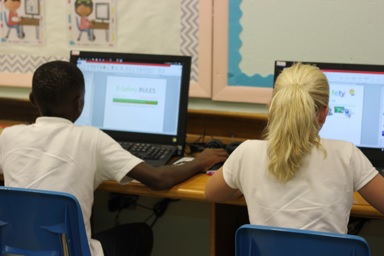Blog
Computing Curriculum at ISTCI: Creating technical whizz kids for the future.
- October 18, 2016
- Category: Grade 1, Grade 2, Grade 3, Grade 4, Grade 5, Grade 6, Junior Kindergarten, Senior Kindergarten, Technology
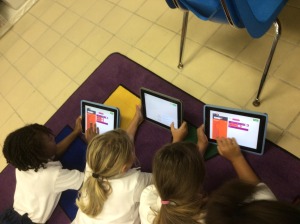
Computing Curriculum at ISTCI: Creating technical whizz kids for the future.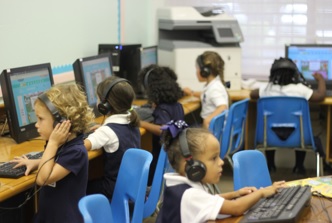
We’ve got off to a great start at ISTCI! All of the children have been enjoying their first weeks of Computing lessons of the new school year.
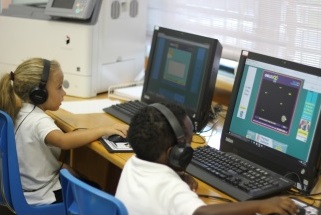 In Computing, students from Junior Kindergarten to Grade 6 started off the school year by learning about the parts of a computer and e-Safety rules.
In Computing, students from Junior Kindergarten to Grade 6 started off the school year by learning about the parts of a computer and e-Safety rules.
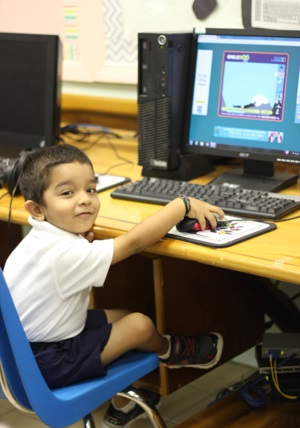 This term, children in the early years have been learning how to use a mouse, mouse control and recognizing letters on a keyboard.
Our older students have taken delight in learning how to code and how to create blog posts and posters.
This term, children in the early years have been learning how to use a mouse, mouse control and recognizing letters on a keyboard.
Our older students have taken delight in learning how to code and how to create blog posts and posters.
What is the Computing Curriculum at ISTCI?
For all grades, the first unit involves programming and the children are demonstrating fantastic determination and logical thinking as they put their minds to solving some complex challenges. In Grade 3 to 6, computing lessons are a key part of the KS2 Computing Curriculum. What will my child will learn in the KS2? In Key Stage 2, your child will build on these skills and extend their mastery of computers, as both user and creator. The computing curriculum aims to make children 'computationally’ aware, teaching them concepts (how to predict and analyse results, how to break a problem down into parts, how to spot and use similarities and how to evaluate) and approaches to help them problem-solve. In Grades 3 to 6, your child will be taught to:- Design, write and debug programs that accomplish specific goals, including controlling or simulating physical systems.
- Solve problems by breaking them down into smaller parts.
- Use sequence, selection, and repetition in programs; work with variables and various forms of input and output.
- Use logical reasoning to explain how some simple algorithms work and to find and correct errors in algorithms and programs.
- Understand computer networks including the internet; how they can provide multiple services, such as the worldwide web; and the opportunities they offer for communication and collaboration.
- Use search technologies effectively, understand how results are selected and ranked, and be discerning in evaluating digital content.
- Select, use and combine a variety of software (including internet services) on a range of digital devices to design and create a range of programs, systems and content that accomplish specific goals, including collecting, analysing, evaluating and presenting data and information.
- Use technology safely, respectfully and responsibly; recognise acceptable and unacceptable behaviour; identify a range of ways to report concerns about content and contact.


